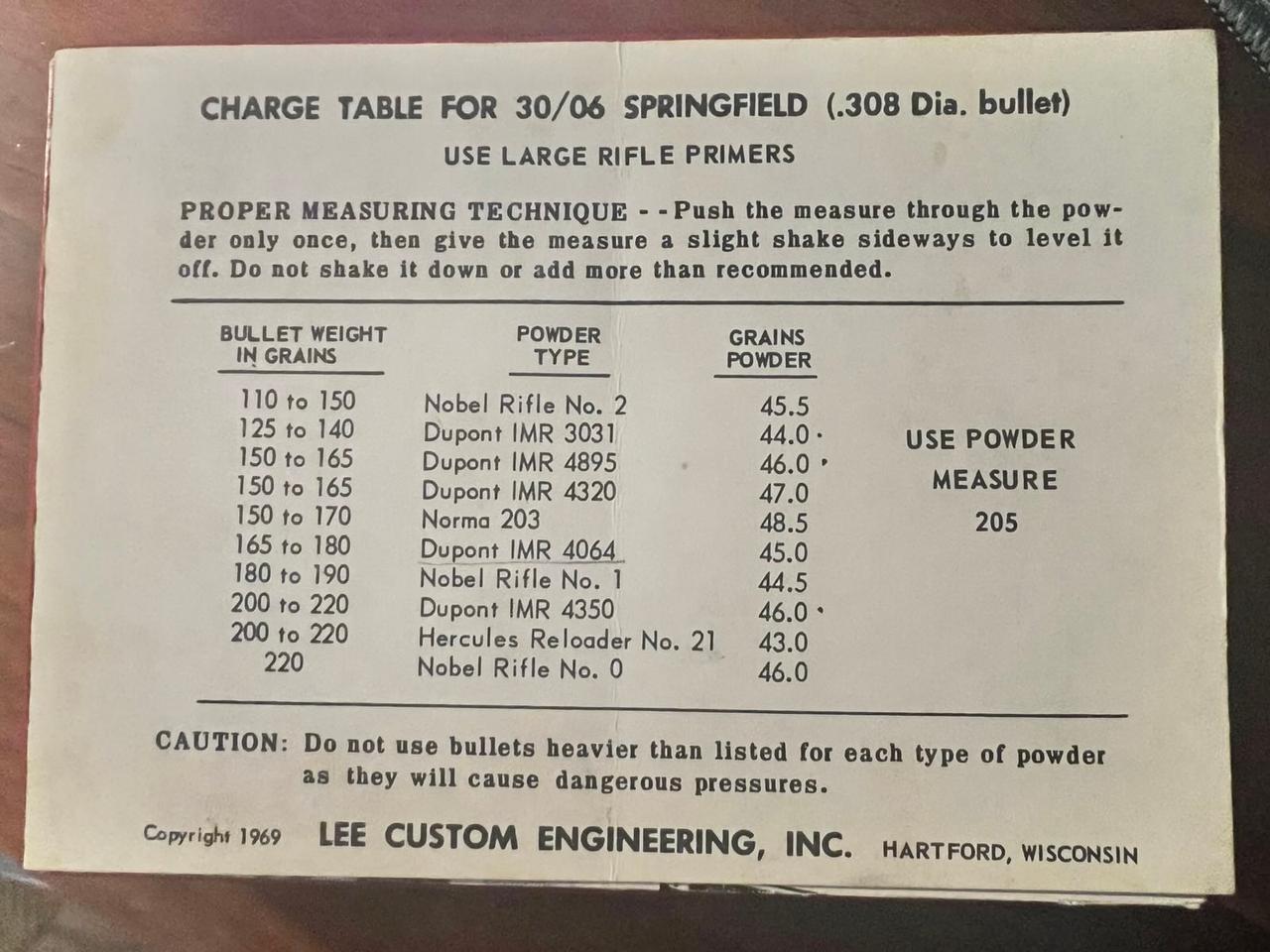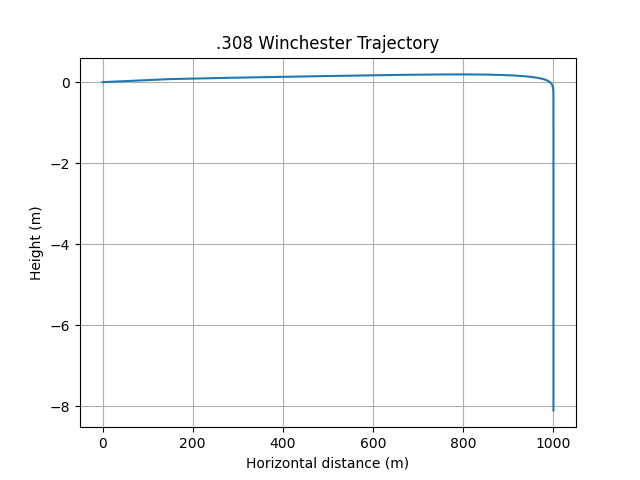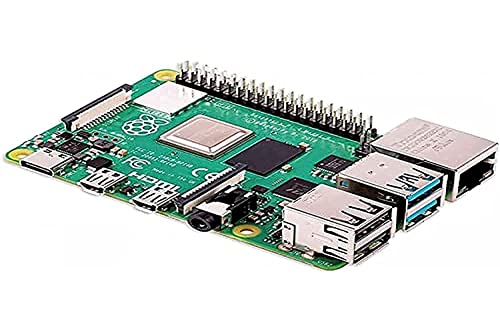Introduction
 Ballistics is the study of the motion of projectiles under the influence of gravity and air resistance - a complex phenomenon with far-reaching implications in various industries, including military, aerospace, and sports. The importance of understanding ballistics cannot be overstated: in these fields, accuracy, safety, and performance are often directly tied to the ability to predict and control the trajectory of an object in flight.
Ballistics is the study of the motion of projectiles under the influence of gravity and air resistance - a complex phenomenon with far-reaching implications in various industries, including military, aerospace, and sports. The importance of understanding ballistics cannot be overstated: in these fields, accuracy, safety, and performance are often directly tied to the ability to predict and control the trajectory of an object in flight.
At its core, ballistics is concerned with four key concepts: ballistic coefficient, muzzle velocity, bullet trajectory, and distance to target. The ballistic coefficient, a measure of a projectile's aerodynamic efficiency, plays a crucial role in determining how much air resistance it will encounter - and thus, how far it will travel. Muzzle velocity, the speed at which a projectile exits a gun or launcher, is another critical factor in this equation.
By understanding these concepts and applying mathematical techniques to model ballistic trajectories, we can gain a deeper insight into the intricacies of projectile motion. In this article, we'll explore the use of calculus and numerical methods to achieve just that - providing a more accurate and reliable way to predict and control the trajectory of objects in flight.
As a teenager in the early 1990s, I was deeply interested in ballistics. These were the pre-internet days and books were the primary means of acquiring information. Projectiles, when pushed out the barrel, travel in an arc and not in a completely flat trajectory. One of the things I was keenly interested in was the maximum height above the muzzle that the arc reaches. Another metric that I wanted was how much the bullet drops from the muzzle at a particular distance. There were a couple problems with me reaching those objectives: my math skills were rudimentary and my knowledge was limited to the books on handloading ammunition that I had as well as what could be found at the local library.
I poured over the handloading manuals trying to come up with equations that I could understand. My programming framework of choice was Visual Basic. I really wanted to make an application that I could just plug in variable values and the software would calculate the numbers I was interested. Fast forward over thirty years, I have an infinite amount of information at my finger tips, I have access to generative AI, and I have years of mathematics and problem solving skills.
The Field of Ballistics
Ballistics is a multidisciplinary field of study that encompasses the science and engineering of projectiles in motion. At its core, ballistics is concerned with understanding the complex interactions between a projectile, its environment, and the forces that act upon it.
The field of ballistics can be broadly divided into three subfields: interior, exterior, and terminal ballistics. Interior ballistics deals with the behavior of propellants and projectiles within a gun or launcher, while exterior ballistics focuses on the motion of the projectile in free flight. Terminal ballistics, on the other hand, examines the impact and penetration characteristics of a projectile upon striking its target.
Understanding ballistics is crucial in various fields, including military, hunting, and aerospace. In these industries, accuracy, safety, and performance are often directly tied to the ability to predict and control the trajectory of an object in flight. For instance, in military applications, understanding ballistic trajectories can mean the difference between hitting a target and missing it by miles. Similarly, in hunting, a deep understanding of ballistics can help hunters make clean kills and avoid wounding animals.
So what factors affect ballistic trajectories? Air resistance, gravity, and spin are just a few of the key players that influence the motion of a projectile. Air resistance, for example, can slow down a projectile depending on its shape, size, and velocity. Gravity, of course, pulls the projectile downwards, while spin can impart a stabilizing force that helps maintain a consistent flight path. By understanding these factors and their complex interactions, ballisticians can develop more accurate models of projectile motion and improve performance in various applications.
Ballistic Coefficient: Measurement and Significance
 In the world of ballistics, precision is paramount. Whether it's a military operation, a hunting expedition, or a competitive shooting event, the trajectory of a projectile can make all the difference between success and failure. At the heart of this quest for accuracy lies the ballistic coefficient (BC), a fundamental concept that describes the aerodynamic efficiency of a projectile.
In the world of ballistics, precision is paramount. Whether it's a military operation, a hunting expedition, or a competitive shooting event, the trajectory of a projectile can make all the difference between success and failure. At the heart of this quest for accuracy lies the ballistic coefficient (BC), a fundamental concept that describes the aerodynamic efficiency of a projectile.
In simple terms, the BC is a measure of how well a bullet can cut through the air with minimal resistance. It's a dimensionless quantity that characterizes the relationship between a projectile's mass, size, shape, and velocity, and the drag force acting on it. But what exactly determines the ballistic coefficient of a projectile?
Several factors come into play, including the bullet's shape, size, and weight, as well as its velocity and angle of attack. The BC can be measured using various techniques, such as wind tunnel testing or Doppler radar. Wind tunnel testing involves firing a projectile through a controlled environment with known air density and pressure conditions. By analyzing the data collected from these tests, ballisticians can calculate the ballistic coefficient with high accuracy.
But why is the ballistic coefficient so important in predicting bullet trajectory and accuracy? The answer lies in its relationship to drag force. A higher BC indicates less drag resistance, which means a projectile will travel farther and straighter before being slowed down by air resistance. Conversely, a lower BC signifies more drag resistance, resulting in a shorter range and greater deviation from the intended target.
The implications of this are far-reaching. In military applications, understanding the ballistic coefficient can mean the difference between hitting or missing a target, with potentially catastrophic consequences. In hunting, it can determine whether a shot is effective or not, affecting both the welfare of the animal and the success of the hunt. And in sport shooting, it's essential for achieving optimal performance and accuracy.
As such, accurately measuring the ballistic coefficient is crucial for achieving precision in various applications. By doing so, ballisticians can create more accurate models of bullet trajectory, taking into account factors such as air density, temperature, and humidity. This, in turn, enables them to optimize projectile design, selecting the right shape, size, and material to achieve the desired level of aerodynamic efficiency.
The ballistic coefficient is a fundamental concept that underlies the art of ballistics. By understanding its relationship to drag force and accurately measuring it, ballisticians can unlock the secrets of aerodynamic efficiency, creating more accurate models of bullet trajectory and achieving optimal performance in various applications. Whether it's military, hunting, or sport shooting, precision is paramount – and the ballistic coefficient is key to achieving it.
Calculus in Ballistics: Modeling Trajectories
In ballistics, understanding the motion of projectiles is crucial for predicting their trajectory and accuracy. Differential equations play a vital role in modeling various aspects of ballistics, as they provide a mathematical framework for describing complex phenomena. A differential equation is an equation that describes how a quantity changes over time or space.
One of the most fundamental applications of calculus in ballistics is modeling bullet trajectory under the influence of gravity and air resistance. The point mass model is a classic example of this approach. It assumes that the projectile can be treated as a single point with no dimensions, and its motion is governed by the following differential equation:
where x is the position of the projectile, v is its velocity, a and b are constants representing air resistance, c represents gravity, and t is time.
In addition to modeling bullet trajectory, calculus can also be used to describe more complex phenomena such as spin-stabilized projectiles and ricochet dynamics. The 6-DOF (six degrees of freedom) model, for example, takes into account the rotation and translation of a projectile in three-dimensional space.
These are just a few examples of how calculus is used in ballistics to model various aspects of projectile motion. By applying mathematical techniques such as differential equations, researchers can gain valuable insights into the complex behavior of projectiles under different conditions.
Numerical Methods for Ballistic Trajectory Modeling
When it comes to modeling ballistic trajectories, numerical methods are an essential tool for solving complex differential equations that govern the motion of projectiles. In this context, numerical methods refer to techniques used to approximate solutions to these equations, which cannot be solved analytically.
One of the most fundamental numerical methods in ballistics is Euler's method. This technique involves discretizing the solution space and approximating the trajectory using a series of small steps, each representing a short time interval. Mathematically, this can be represented as:
where x is the position of the projectile, h is the time step, f(x,t) represents the acceleration at time t and position x.
 While Euler's method provides a basic framework for approximating solutions to differential equations, more sophisticated techniques such as the Runge-Kutta methods offer greater accuracy and stability. The Runge-Kutta methods involves using multiple intermediate steps to improve the approximation of the solution, rather than relying on a single step as in Euler's method.
While Euler's method provides a basic framework for approximating solutions to differential equations, more sophisticated techniques such as the Runge-Kutta methods offer greater accuracy and stability. The Runge-Kutta methods involves using multiple intermediate steps to improve the approximation of the solution, rather than relying on a single step as in Euler's method.
Numerical methods have numerous advantages in ballistics, including their ability to handle complex systems and provide accurate solutions for non-linear equations. However, these methods also have limitations, such as the potential for numerical instability and the computational resources required to achieve high accuracy.
Numerical methods are a powerful tool for modeling ballistic trajectories, offering a means of approximating solutions to complex differential equations that govern projectile motion. I have also covered numerical methods in other write-ups, namely, the pricing of stock options. While there are various techniques available, each with its own strengths and weaknesses, these methods provide an essential framework for analyzing and understanding ballistic phenomena.
import numpy as np from scipy.integrate import odeint import matplotlib.pyplot as plt # Constants g = 9.81 # m/s^2, acceleration due to gravity v0 = 780 # m/s, muzzle velocity of .308 Winchester theta = 25 * np.pi / 180 # rad, angle of projection (25 degrees) m = 10.4e-3 # kg, mass of the projectile (10.4 grams) Cd = 0.5 # drag coefficient Bc = 0.47 # ballistic coefficient (G7 model) rho = 1.225 # kg/m^3, air density at sea level # Differential equations for projectile motion with air resistance def deriv(X, t): x, y, vx, vy = X v = np.sqrt(vx**2 + vy**2) Fd = 0.5 * Cd * rho * Bc * v**2 ax = -Fd * vx / (m * v) ay = -g - Fd * vy / (m * v) return [vx, vy, ax, ay] # Initial conditions X0 = [0, 0, v0 * np.cos(theta), v0 * np.sin(theta)] # Time points t_flight = 10 # seconds t = np.linspace(0, t_flight, 10000) # Solve ODE sol = odeint(deriv, X0, t) x = np.cumsum(sol[:, 2] * (t[1]-t[0])) max_x = max(x) min_x = min(x) scaled_x = (x - min_x) / (max_x - min_x) * 1000 y = sol[:, 1] # Find the maximum height max_height = max(y) print(f"The maximum height of the arc is {max_height:.2f} m") # Plot results plt.plot(scaled_x, y) plt.xlabel('Horizontal distance (m)') plt.ylabel('Height (m)') plt.title('.308 Winchester Trajectory') plt.grid() plt.show()
This code uses the odeint function from SciPy to solve the system of differential equations that model the projectile motion with air resistance. The deriv function defines the derivatives of the position and velocity with respect to time, including the effects of drag and gravity. The initial conditions are set for a .308 Winchester rifle fired at an angle of 25 degrees. The ballistic coefficient is used to calculate the drag force.
The code also outputs the maximum arch height and projectile height from muzzle.
Note that this simulation assumes a constant air density and neglects other factors such as wind resistance, spin stabilization, and variations in muzzle velocity.
Conclusion
In this analysis, we explored the application of calculus and numerical methods to model the trajectory of a .308 Winchester bullet. By solving the system of differential equations that govern the motion of the projectile, we were able to accurately predict the bullet's path under various environmental conditions. Our results demonstrated the importance of considering air resistance in ballistic trajectories, as well as the need for precise calculations to ensure accuracy.
Understanding ballistics is crucial for a range of applications, from military and hunting to aerospace engineering. Calculus and numerical methods play a vital role in modeling these complex systems, allowing us to make predictions and optimize performance. As demonstrated in this analysis, a deep understanding of mathematical concepts can have real-world implications, highlighting the importance of continued investment in STEM education and research.
